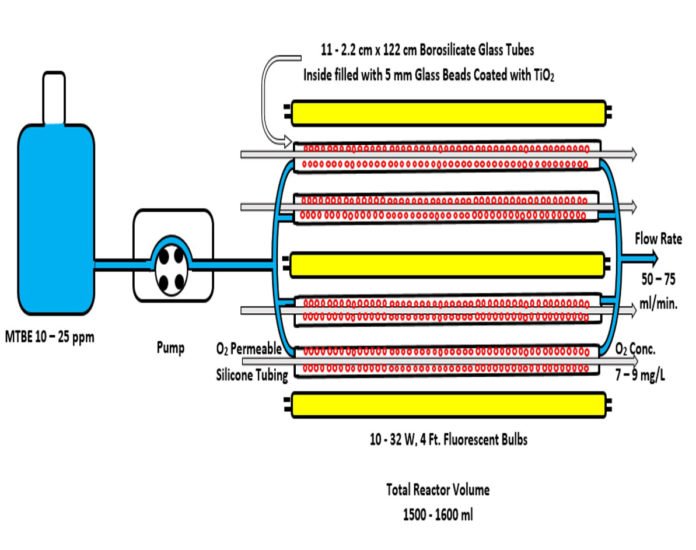The concern about water contaminants has been standing out as truly newsworthy in the recent months as the EPA held a national summit on the issue. Usually, organic compounds and pharmaceuticals are commonly being found in public water supplies.
As the controversy surrounding the Environmental Protection Agency and water contamination heats up in Washington, D.C., Purdue University researchers have developed a technology to remove pharmaceuticals, including antibiotics and controlled substances, and chemical contaminants from public water systems.
The technology involves a series of consistent-flow photoreactors made of glass tubes, with silicone tubing inside for oxygenation, packed with glass beads and lined with the same fluorescent light tubes found in most homes. The photoreactors viably remove chemical products and compounds, usually utilized as solvents and gas added substances, from water supplies.
It works by pressurizing the tubing and then water flows through and the combination of the light, silicone, and glass removes the trace contaminants.
Reynaldo Barreto, an associate professor in the Department of Chemistry and Physics at Purdue University Northwest said, “This is arguably the most advanced continuous-flow photoreactor design of its kind in the world and is scalable for municipal system demands. Our type of reactor system can simply be added to the end of current treatment processes without affecting the existing systems.”
“There is currently no effective way to remove these trace compounds from treated water. This would be the first process that could address these contaminants efficiently and economically.”
